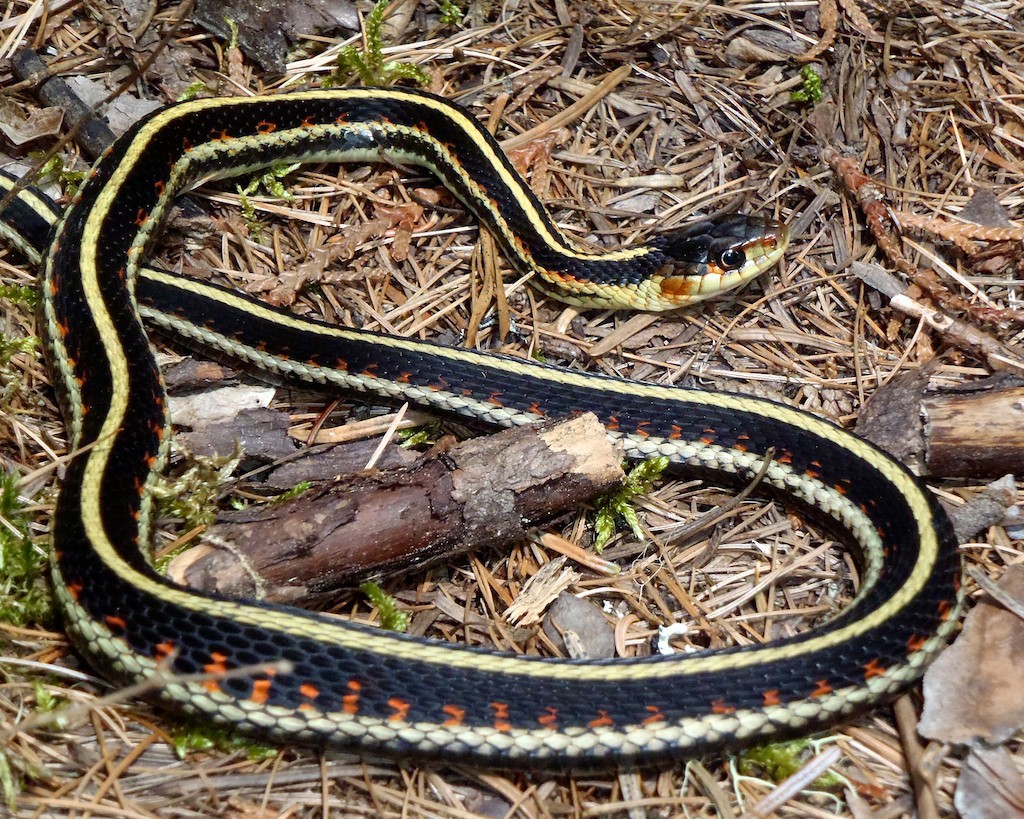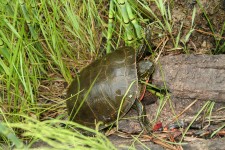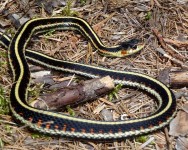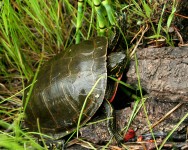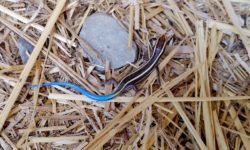Is a turtle a reptile or an amphibian since it can swim but also lives in deserts?
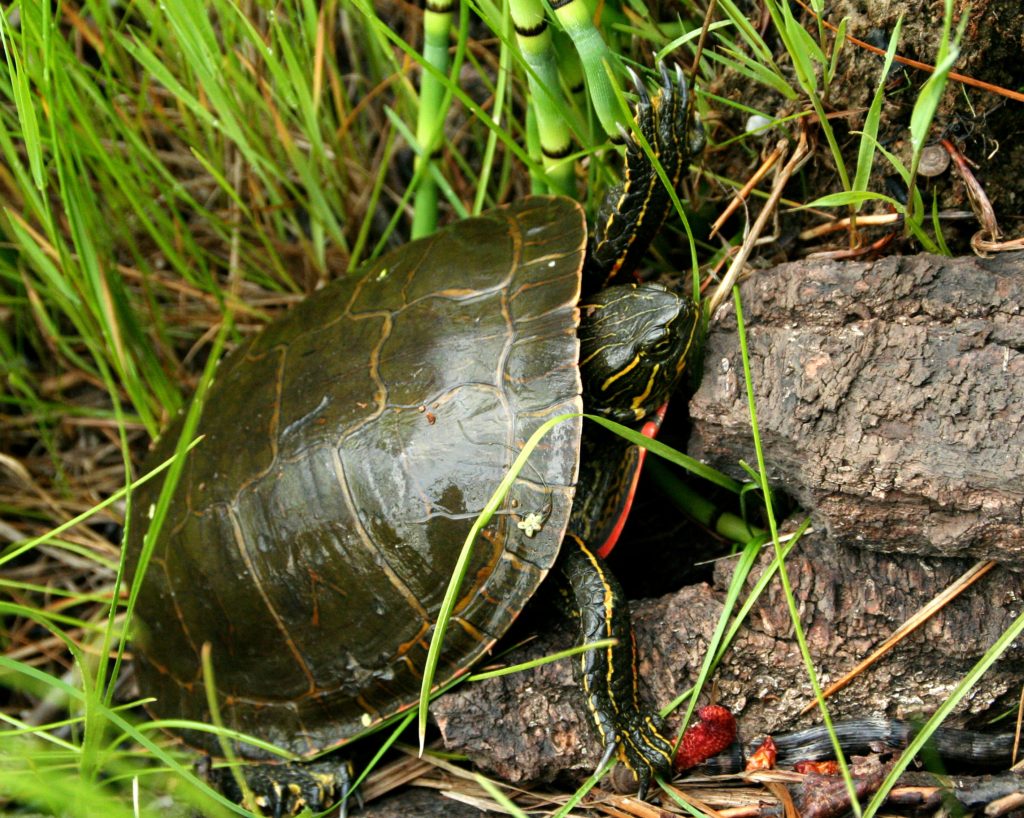
Amphibians include salamanders, toads and frogs. Reptiles include turtles, lizards and snakes.
Collectively reptiles and amphibians are referred to as herpetofauna and the study of them is called herpetology. Herpetology is derived from the Greek word meaning creeping, so herpetology is the study of creeping animals.
Both reptiles and amphibians are ectotherms meaning they cannot regulate their body temperature like we do. Instead they rely on certain behaviors to change their temperature. Turtles and snakes bask on sunny rocks to warm up and lizards seek shady rock crevices to stay cool in the hot summer.
Otherwise, reptiles and amphibians live life differently.
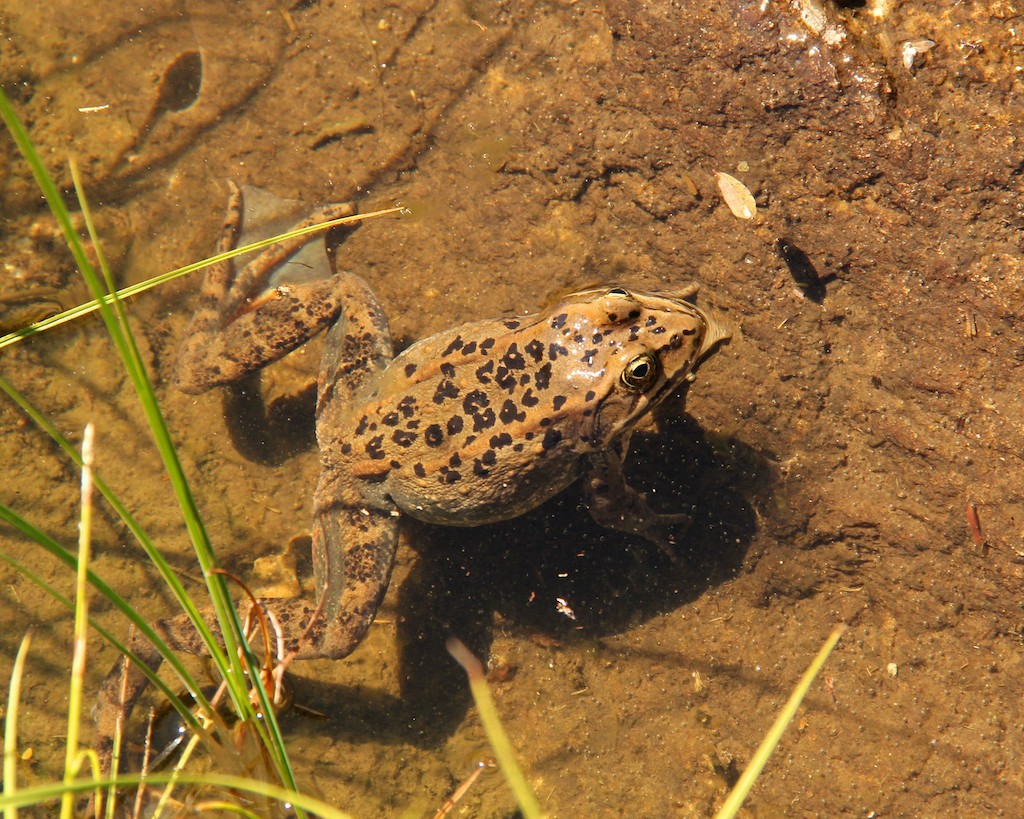
Amphibians
- Thin, moist, glandular skin
- Two-phase life cycle with aquatic young undergoing metamorphosis to become semi-terrestrial adult form
- Eggs require some degree of moisture
- Thin skin requires living near water or moist area
Reptiles
- Thick, tough skin covered with scales enables them to live in hot, dry climates
- Young are miniature adults
- Able to lay eggs in dry conditions since eggs have hard shell to prevent water loss
- Some species give live birth
- Independent of water
Several amphibians and reptiles that are native to the two northern counties of Idaho include:
Amphibians
- Long-toed salamander
- Coeur d’Alene salamander
- Western toad
- Wood frog
- Columbia spotted frog
- Pacific chorus frog
- Northern leopard frog
Reptiles
- Northern alligator lizard
- Western skink (blue-tailed skink)
- Western painted turtle
- Common garter snake
- Western terrestrial garter snake
- Rubber boa
